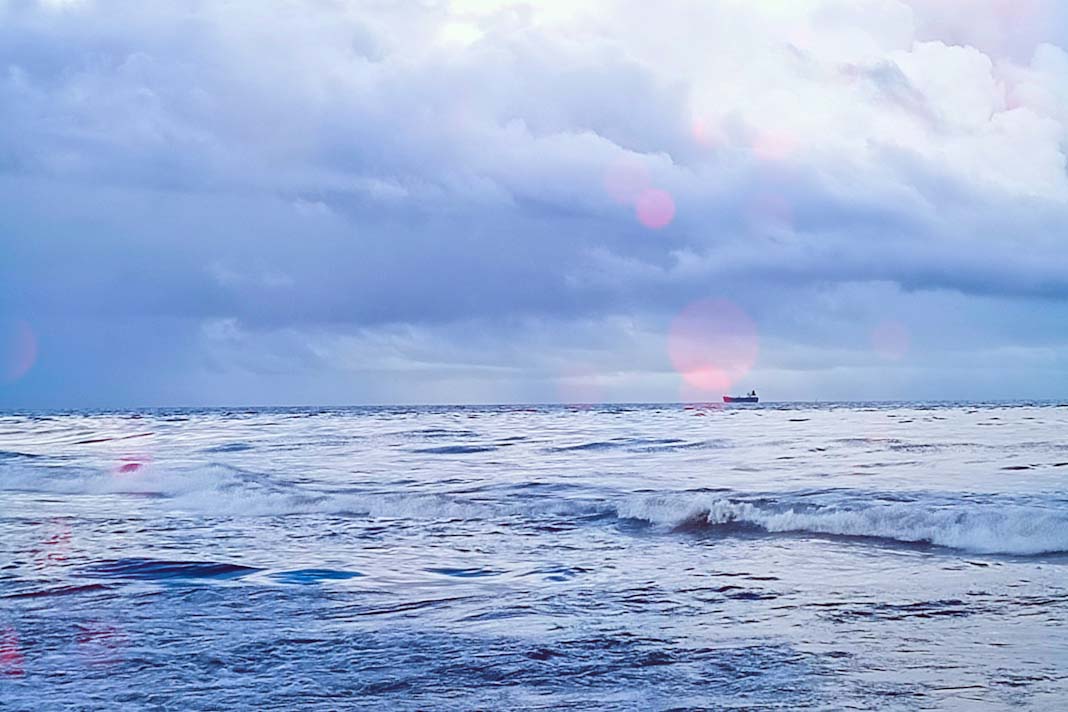The beginning of May indeed marks a crucial period for whale conservation, with the implementation of both mandatory and voluntary measures aimed at mitigating the risk of ship strikes in key regions, reports BIMCO.
California Coast
The National Oceanic and Atmospheric Administration (NOAA) has issued a voluntary request for Vessel Speed Reduction (VSR) to a maximum of 10 knots off the coast of California, effective from May 1st.
The objectives of these voluntary VSR zones are multifaceted:
- Reduce the risk of fatal ship strikes: To protect endangered and threatened blue, fin, and humpback whales.
- Reduce ocean noise: To minimize the impact of vessel noise on the marine environment.
- Protect public health: Along the California coast.
These whale species receive protection under several federal laws, including the Endangered Species Act, the Marine Mammal Protection Act, and the National Marine Sanctuaries Act. It is important to remember that any unauthorized harm to whales, even if unintentional, by vessels navigating in U.S. waters constitutes a violation of federal law.
The voluntary VSR request will be in effect from May 1st to December 31st, 2025.
Additionally, mariners are advised that the southern California VSR zone has been expanded to encompass the recently established Chumash Heritage National Marine Sanctuary. The VSR period for both the northern and southern California zones is now the same due to the presence of protected humpback whales in the southern region in recent years.
Canada
n response to the shifting migration patterns and increased presence of North Atlantic right whales in the Gulf of St. Lawrence, the Government of Canada has implemented seasonal speed restrictions in designated zones. These zones are categorized as “static zones,” “dynamic shipping zones,” “seasonal management areas,” a “voluntary seasonal slowdown zone,” and a “restricted area.”
Vessels are mandated to adhere to Navigational Warnings (NAVWARNs) that outline these specific speed restrictions. The issuance of these NAVWARNs, which impose both speed and navigation restrictions, is authorized by the Interim Order for the Protection of North Atlantic Right Whales (Eubalaena Glacialis) in the Gulf of St. Lawrence, 2025.
Details regarding the speed restriction zones are provided in monthly Notices to Mariners (NOTMARs) published by the Canadian Coast Guard. The current status of these zones is communicated through NAVWARNs broadcasted by the Coast Guard’s Marine Communications and Traffic Services Centres.
Separately, starting on May 1st, the area surrounding the Southern Gulf Islands will be under surveillance for the presence of Southern Resident killer whales. This monitoring will be conducted by the Department of Fisheries and Oceans Canada’s (DFO) Whale Tracking Network and the Vancouver Fraser Port Authority’s Enhancing Cetacean and Observation (ECHO) Program, working in close collaboration with their local partners.
Brazil
São Sebastião is an important habitat for a large migrating population of humpback whales that travel from Antarctica to the warmer Brazilian waters for breeding. Consequently, voluntary measures are in effect from May 1st to protect these whales. These measures include:
- Consider reducing speed: It is recommended to reduce the ship’s speed to 10 knots once within 20 nautical miles of São Sebastião Island, particularly during nighttime hours.
- Consider bow lookout: It is advised to position a dedicated lookout on the bow of the vessel to enhance whale detection.
- Ensure maximum maneuverability: Ships should ensure they maintain maximum maneuverability at all times.
- Consider stopping propeller: As a last resort for protection, if whales are sighted very close to the vessel and altering course to avoid collision is not possible, consider stopping the propeller from turning.
Did you subscribe to our daily Newsletter?
It’s Free Click here to Subscribe!
Source: BIMCO


















